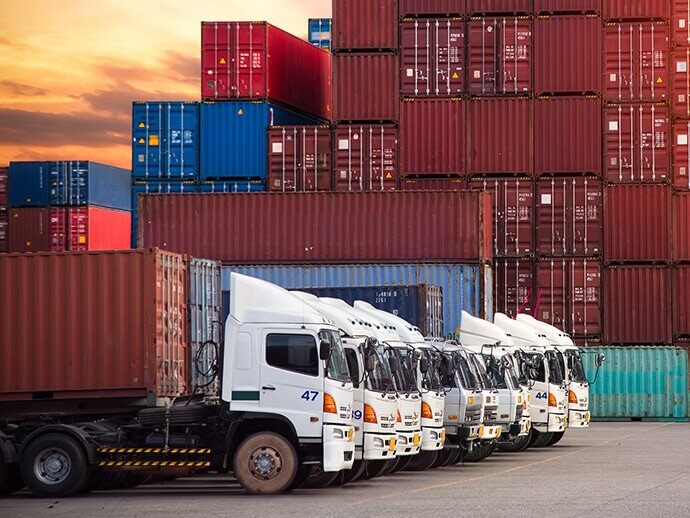
The top news impacting your supply chain right now – November 2023 Update
Here are some of the top supply chain news stories happening right now.
According to a new CNBC Supply Chain Survey, there’s no good news for the state of the freight industry for the rest of 2023 and well into 2024, as the global freight recession is expected to continue. There are a number of factors that play into this, including high inventories, a pullback in consumer spending, and overcapacity in the logistics sector. As a result, freight rates are expected to remain soft or even decline in 2024.
Unfortunately for the trucking industry, it’s expected to be particularly hard hit, with lower freight orders and revenue expected this holiday season. There is some hope for a slight rebound in freight volumes in the second half of 2024, however, according to one expert, “Without more freight moving, 2024, and potentially 2025, will continue to see soft pricing as capacity outstrips demand,”
Our take: While domestics volumes are sluggish, import volumes are steady. Importers should be diligent to make sure ocean costs do not slowly increase as carriers are attempting to firm up rates. Ensure your rates remain competitive in 2024.
Read more here.
The International Longshoremen’s Association (ILA), representing 45,000 dockworkers on the East and Gulf Coasts of the United States, has threatened to strike if a new labor contract is not reached when the current agreement expires on September 30, 2024. As if the freight industry isn’t already facing significant challenges.
Union president Harold Daggett has made it clear that there will be no extension of the existing contract and that the union is prepared to walk out if necessary. They’re seeking significant pay increases, job security for ILA members, and protections against terminal automation—they are adamantly opposed to any automation that could reduce the number of jobs for its members. This is something that’s likely to be a major focus of the contract negotiations.
In addition to automation, the union is also concerned about the use of a hybrid labor model at the Leatherman Terminal in Charleston, South Carolina.
Our take: Coupled with the Panama Canal problems, this pending issue is one more things importers need to consider when it comes to cost and transit time to the U.S. from Asia. Make sure you are aware of all the potential options because this could be a lingering issue well into 2024.
Read more here.
By now, it’s clear that challenging times continue for global trade. However, a new McKinsey survey called the Supply Chain Pulse discusses how companies are responding to challenges such as the rising cost of transportation, the increasing complexity of global trade, and a shortage of skilled labor. To address these challenges, companies are focusing on three main areas: supply chain visibility, inventory management, and digitization.
A breakdown of the survey results indicates that 72% of companies are investing in supply chain visibility, 68% of companies are investing in inventory management, 63% of companies are investing in digitization. So the good news is, despite the challenges, it seems there might be a brighter future ahead in supply chain management. And companies that are able to adapt to the changing landscape are well-positioned for success.
Our take: Make sure you are working with a forwarder who can help lead the digitization of your supply chain. Leading companies understand the value of technology in optimizing their shipping operations and that starts with your providers.
Read more here.
We frequently post other important information and podcasts on our blog, check that out here: https://transmodal.net/blog/
